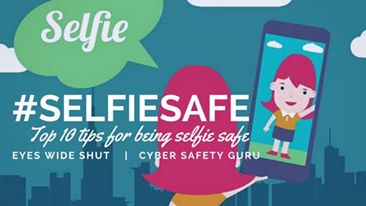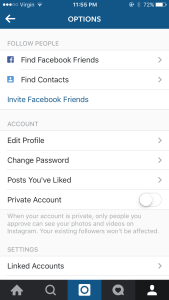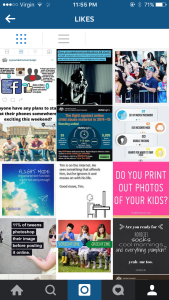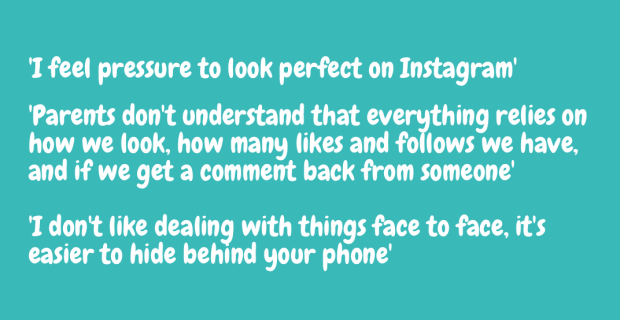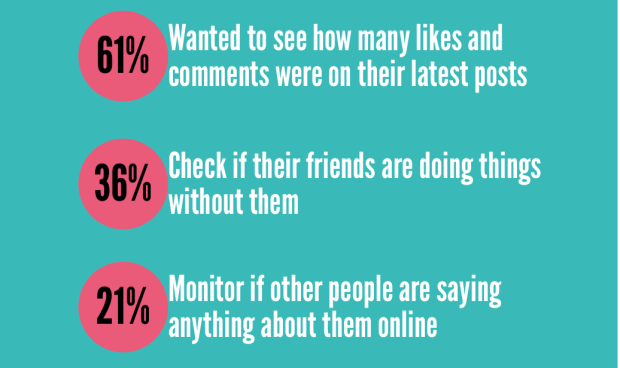Every year software company Intel Security release a research paper titled Teens, Tweens and Technology. The Research aims to examine the behaviour and opinions of young Australians and their parents regarding the use of technology and the Internet, with a main focus on social media usage, safety, and cyberbullying.
Intel Security conducted 1000 interviews, 500 with Australian parents of children aged 8-16, and 500 with children aged 8-16. The research splits young Australians into two separate groups:
- Tweens: 8-12 year olds
- Teens: 13-16 year olds
The survey found some very worrying statistics regarding the ways in which young children are engaging with social media services and other technologies
41% of 8-16 years olds are spending more than 2 hours per day in front of a mobile device
46% of parents are more worried about online behaviour due to the use of mobile devices
39% of children aged between 8-12 are active on social media, despite the minimum required age for signing up to most social media services being 13
36% of boys and 64% of girls aged between 8-12 reported having an account on Facebook, Twitter or Instagram
Parents are becoming increasingly worried about their child’s digital reputation, with 50% of parents reporting they worry about how their child’s digital reputation may influence their education and employment prospects in the future. Most parents also agree that the need for education is becoming increasingly important, with 83% stating education is required to teach children how to manage their digital reputation and personal information on the Internet.
The research also found that children are still hiding their online activity form their parents and are continuing to take risks online. One in three children aged between 8-12 hide their online activity form their parents using the following methods:
34% change their online behaviour when in the presence of their parents
16% delete their messages to prevent their parents form viewing them
16% clear their browser history so their parents cannot track their online behaviour
11% use a mobile device instead of a laptop or desktop as it makes it harder for their parents to monitor their behaviour
Children are continuing to post personal content on social media, despite 62% of children believing that the worst thing that can happen to them online is other people finding out their whereabouts or personal information.
39% of children have posted the name of their school
25% have posted their email address
17% have posted their full birth date
Australian children continue to indicate a willingness to participate in risk taking activities using social media, with 11% of children saying that they would meet, or have met someone in person who they first met online. Surveyed children revealed a willingness to use social media to deceive authority figures such as parents and teachers, a worrying trend as issues such as cyberbullying become increasingly problematic for young Australians.
38% of children have a social media account using a fake name or alias, the two main motivations behind this are as follows
51% want to hide their identity from friends and classmates when posting comments
31% want to hide inappropriate content from their parents and school staff
There are many ways that parents can limit the risk posed to their child on social media, the two most important factors are supervision and an understanding of the social media services they are using. Make sure you are actively monitoring your child’s Instagram account, check who they are following and who is following them. Check their Instagram Direct feed and monitor who is getting in contact with them. It does not take long for children to stumble across something inappropriate on Instagram ensure you are actively supervising your child when they are on Instagram, and do not let them have access to their mobile devices alone in their bedroom, particularly at night. Communicate openly with your child about what they are seeing on Instagram, remind them it is important to tell an adult if they see something on Instagram that offends them or worries them. Establish ground rules outlining when your child is allowed to use Instagram, how long they are allowed to use it for, and your expectations regarding their behaviour on social media. Paedophile’s and predators can strike at any time, a young child with a social media account is a full time job for a parent.

